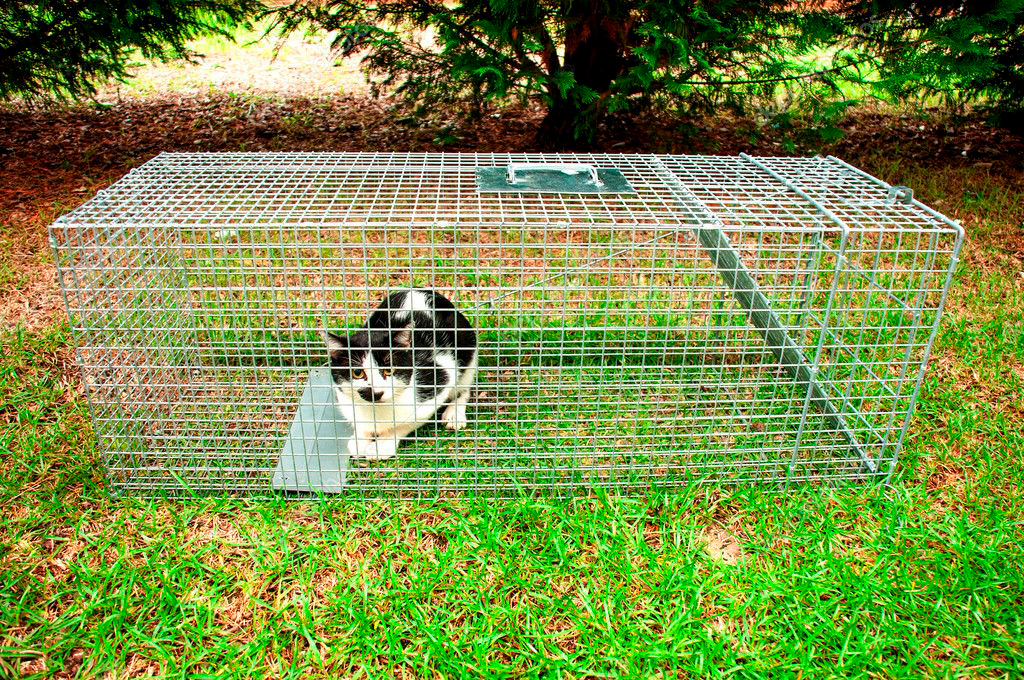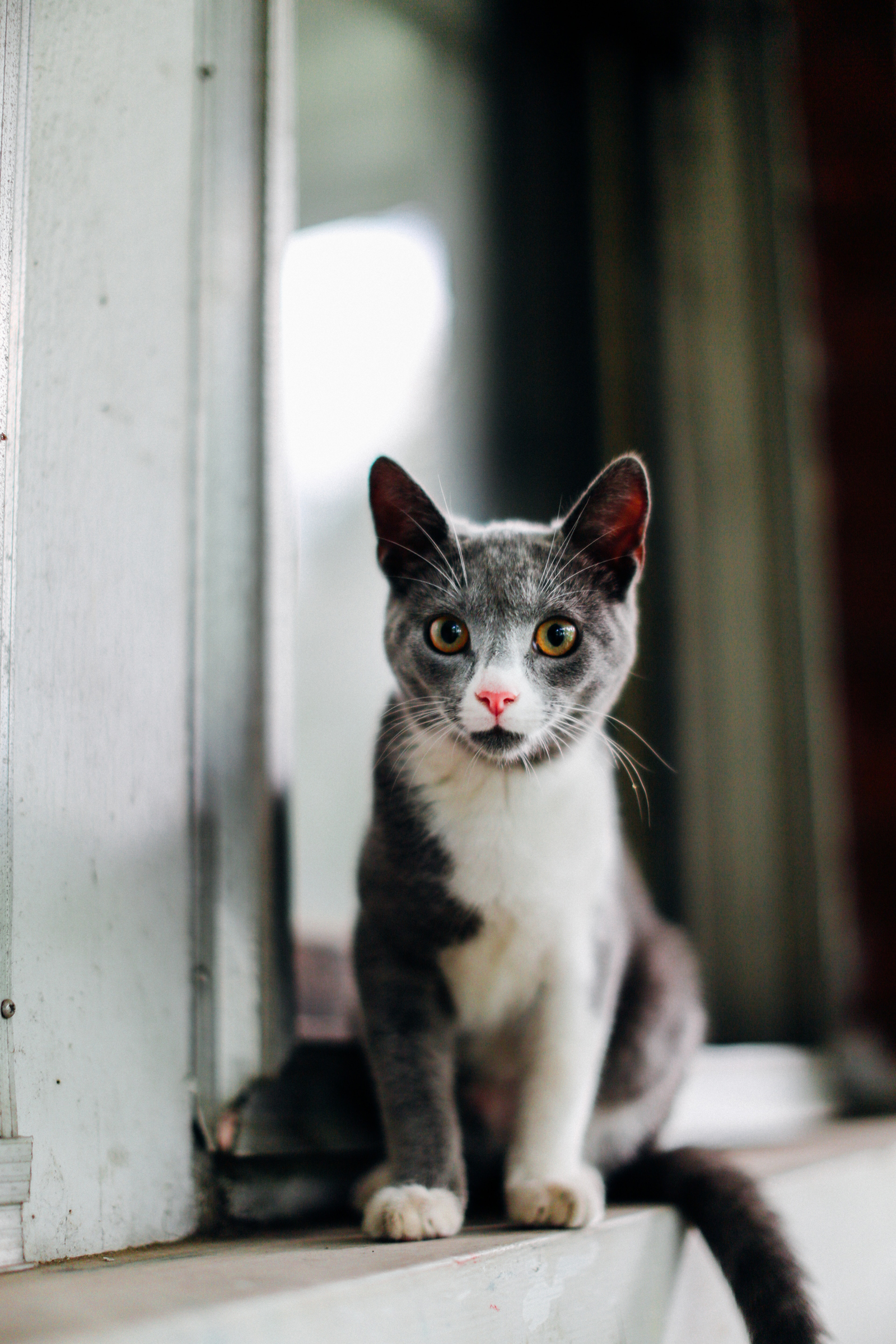Seminole County Animal Services works with partnering agencies and non-proft groups to support the TNVR program in Seminole County. These organizations operate the TNVR program in an effort to control the cat populations throughout the community.

Trap-Neuter-Vaccinate-Return (TNVR) is a method of attempting to manage feral, community cat populations. TNVR programs are permitted in Seminole County and are provided in partnership with non-profit organizations. TNVR involves humanely trapping community cats, spaying females and neutering males, vaccinating, eartipping (the universal symbol of a sterilized feral cat), and then returning the cats to their original outdoor homes. All efforts are made to return community cats to the non-profit that provides the TNVR. Community cats are exempt from licensing requirements as they have no known legal owners.
A community cat is any free-roaming cat that is cared for by one or more community cat caregivers in the area, and are ear-tipped to indicate the cat is sterilized and vaccinated against rabies at least one time.
A community cat caregiver is a person who provides care to a community cat in the form of food, water, shelter, and veterinary care, while not being considered the owner, custodian, harborer, possessor, or keeper of that community cat.

No, domestic cats are not community cats, as they are owned cats that belong to you. This means your cat must be contained on your property.
Community cats are usually recognized by a “tipped” ear. This means someone has had the cat spayed/neutered, vaccinated and then returned back to its colony.
Yes, but please note that if the cat is eligible to be a community cat, it may be returned to the area in which it was trapped. Studies have shown that even if you trap the cats in your community and remove them from the area, new cats will eventually move in and take over the territory. By trapping, spaying/neutering, vaccinating and returning the cats, the reproduction cycle is stopped, and new cats are prevented from moving into the area.
Unfortunately, most community cats are not adoptable due to their natural instincts for living without human contact. Most community cats are fearful of humans, thereby making them unsuitable candidates for adoption.
A cat that is classified as a community cat or a non-community cat, that is found to have damaged, harmed, destroyed property, or injured a person or animal without provocation, will be permanently removed from the area in which the property damage or incident occurred. The cat won’t be eligible for release as a free-roaming cat.
These incidents must be documented with proof of damage by the cat and a sworn, notarized statement submitted to Animal Services.
Interested in becoming a community cat caregiver? Here are a few places that may be able to help.
407-351-4894
988 N Ronald Reagan Blvd.
Longwood, FL 32750
spaynsave.org
407-351-7722
2800 E County Home Rd
Sanford, FL 32773
petallianceorlando.org/cat-resources
June 28, 2024
June 28, 2024
June 27, 2024
June 16, 2024